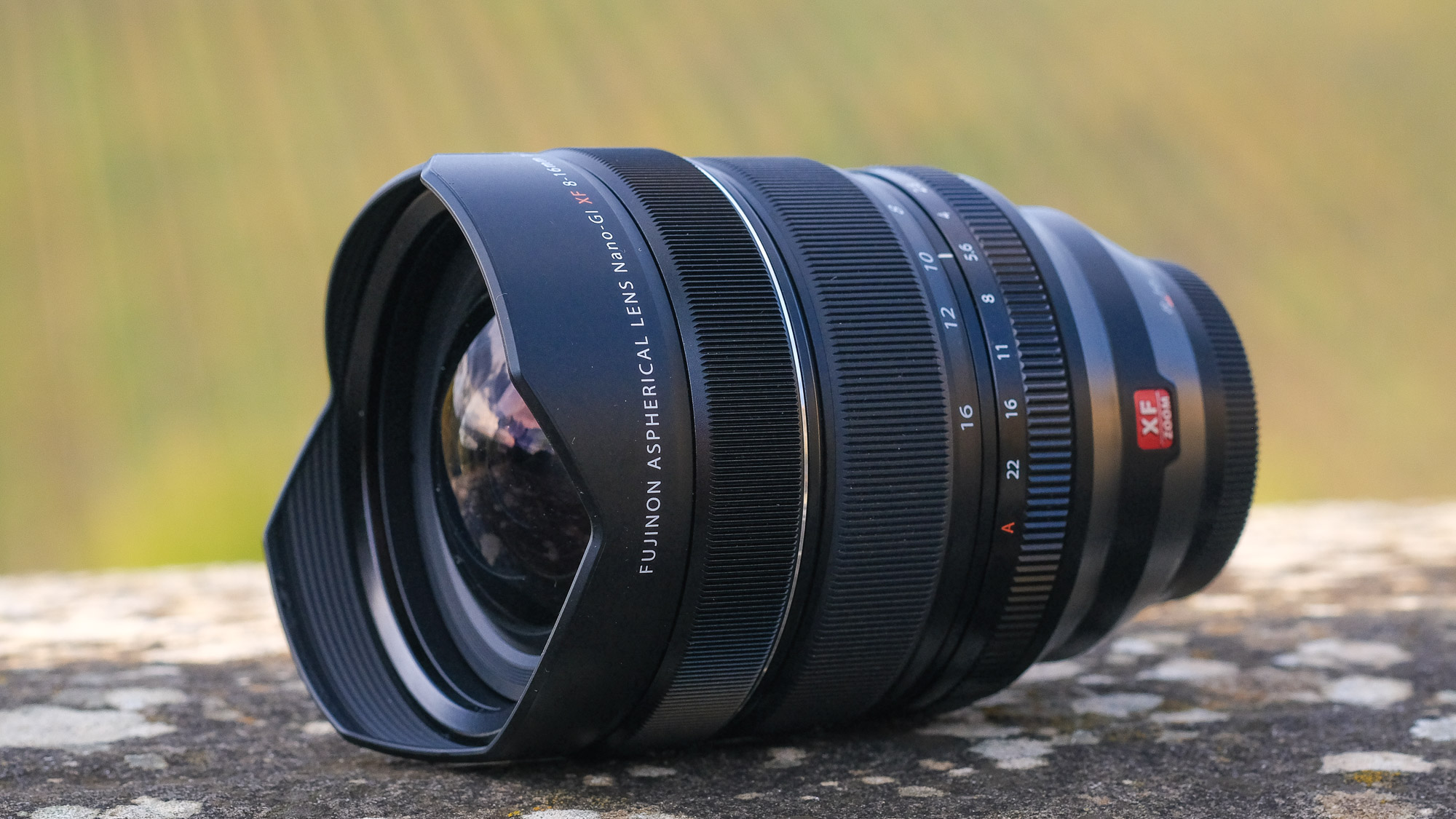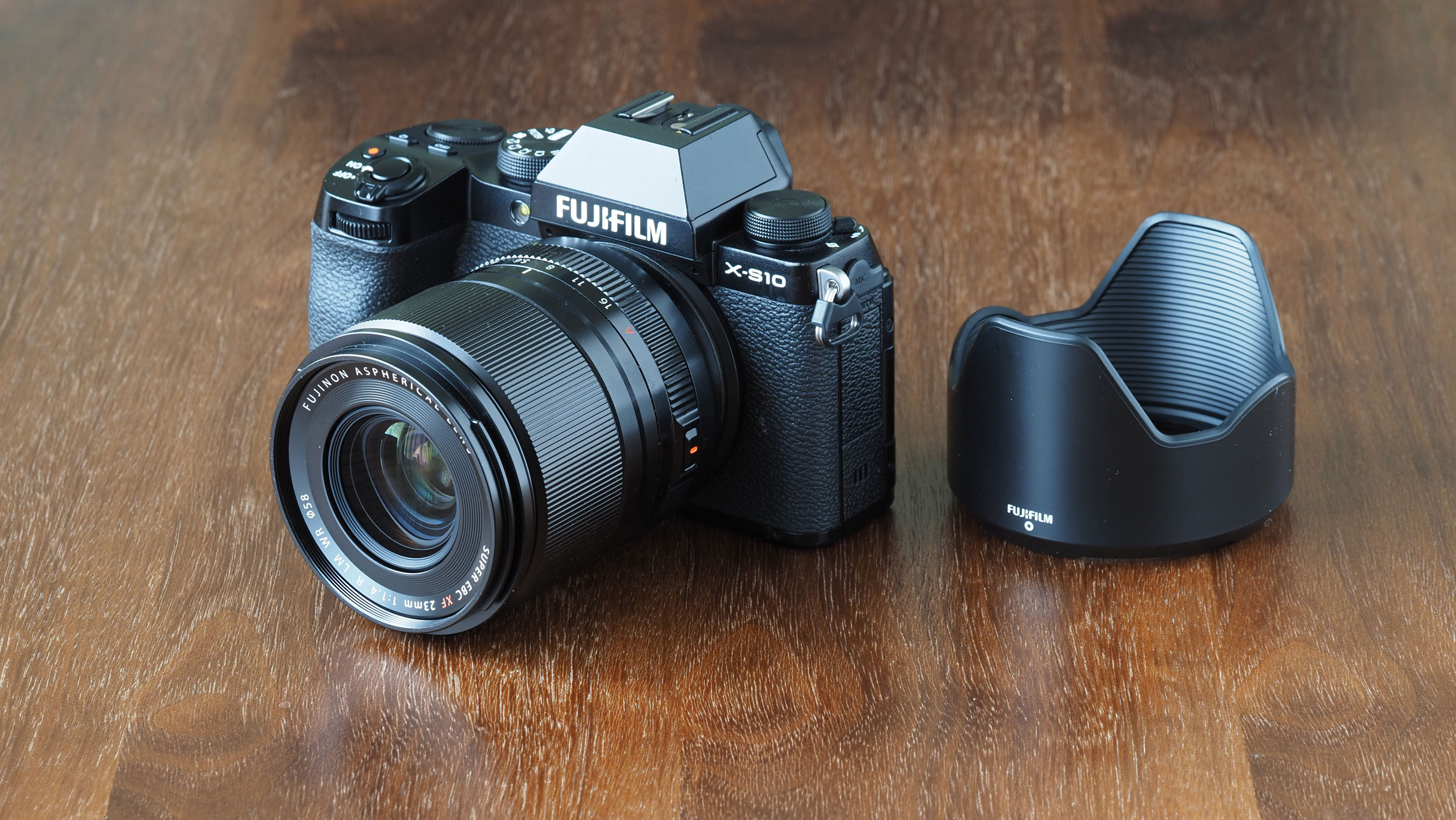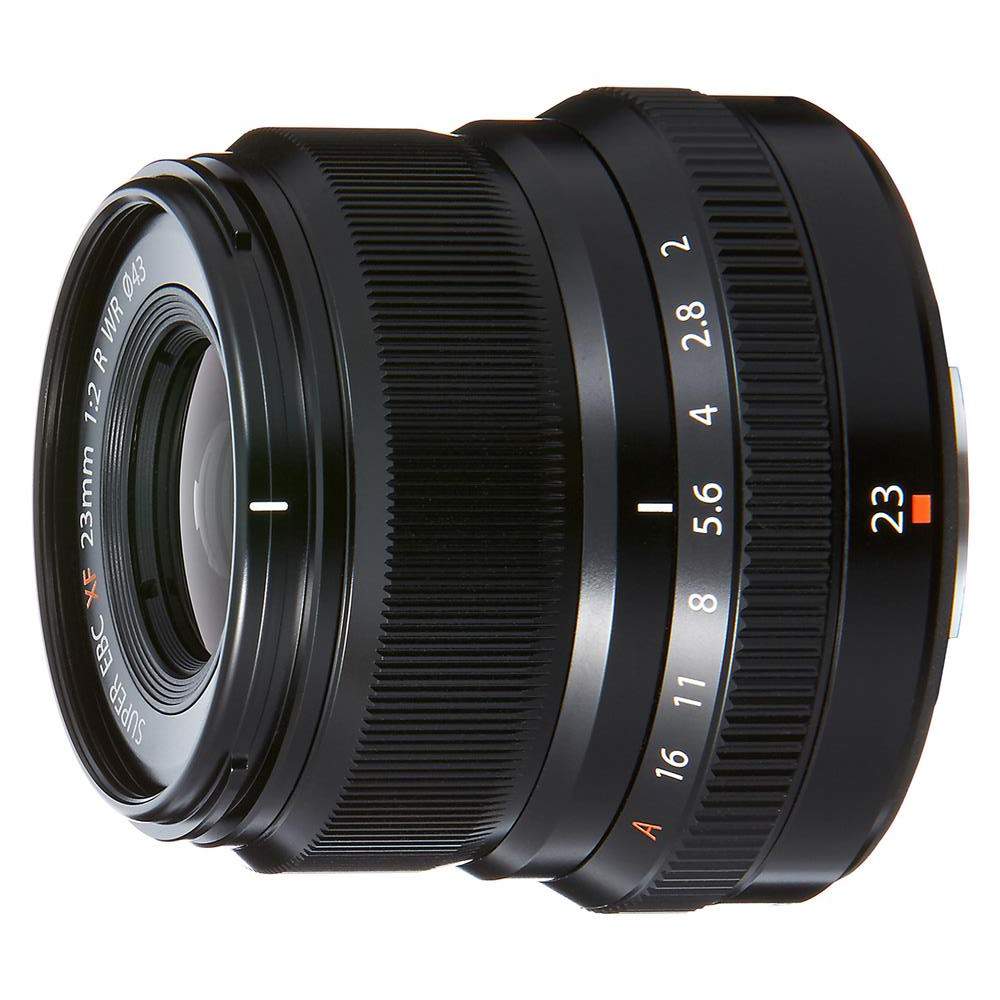
I can't fault Fujifilm's ambition, and I'm impressed by how hard it's working to produce a professional APS-C camera system to rival bigger, heavier and more expensive full frame systems. The 40MP Fujifilm X-H2 and X-T5 out-resolve all but a handful of full-frame cameras, while the X-H2S is just blisteringly fast.
If you're looking for the best camera for professionals, and especially the best hybrid cameras, I'd say Fujifilm is right up there. My issue, if I have one, is the lenses. I'm not worried about the specs, the range or the performance, but just how darned BIG Fujifilm's professional 'trinity' lenses are.
Just about every pro goes for a constant-aperture f/2.8 standard zoom, an f/2.8 ultra-wide zoom and an f/2.8 short-medium telephoto zoom. And Fujifilm has that covered very well with the three excellent lenses below.
What worries me is that some of the best Fujifilm lenses are practically as big as their full-frame rivals. To illustrate this I've picked equivalent full-frame Sony FE lenses and compared the weight. I had a feeling Fujifilm's pro lenses weren't a whole lot lighter and it's even closer than I thought:
• Fujifilm XF 16-55mm f2.8 R LM WR – 655g
• Sony FE 24-70mm f2.8 G Master II – 695g
• Fujifilm XF 50-140mm f2.8 WR OIS – 995g
• Sony FE 70-200mm f2.8 G Master OSS II – 1045g
• Fujifilm XF 8-16mm f2.8 R LM WR – 805g
• Sony FE 12-24mm f2.8 G Master – 847g
That's not great. One of the reasons for buying into a smaller APS-C system is to save size and weight, but it doesn't look as if you're saving a lot of either here. True, you are saving money. A LOT of money. These Fujifilm pro lenses cost less than half as much as their Sony equivalents.

Fujfilm's latest premium prime lenses come out of this somewhat better. I still think they are pretty big for APS-C lenses – well, long, anyway – but they are lighter:
• Fujifilm XF 18mm f1.4 R LM WR – 370g
• Sony FE 24mm f1.4 G Master – 445g (nearest equivalent, though a little wider)
• Fujifilm XF 23mm f1.4 R LM WR – 375g
• Sony FE 35mm f1.4 G Master – 524g
• Fujifilm XF 33mm f1.4 R LM WR – 360g
• Sony FE 50mm f1.4 G Master – 516g
I don't want to get into any arguments about f/1.4 'equivalence' on APS-C and full frame, but the bald fact is that these f/1.4 Fujifilm primes are somewhat lighter and massively cheaper. I just wish they were a little more compact.

On the consumer side, Fujifilm does a better job of matching the size of the lenses to the size of the cameras. The Fujifilm 18-55mm f/2.8-4 is both compact and fast for a kit lens, the 16-80mm f/4 is very handy for a 24-120mm f/4 equivalent, and Fujifilm's 16mm f/2.8, 23mm f/2, 35mm f/2 and 50mm f/2 are super little lenses with dimensions that perfectly match the cameras they're designed for.
But as Fujifilm increasingly targets a pro/high-end market, I do worry that it's losing one of its key advantages – the reduced size and weight of APS-C systems. It's never going to beat full frame for image quality, so it sure as hell needs to beat full frame in those respects.







